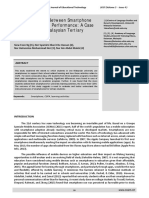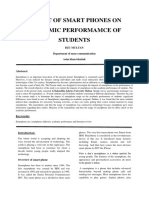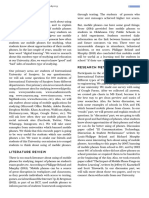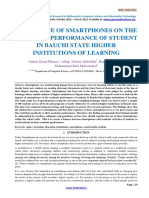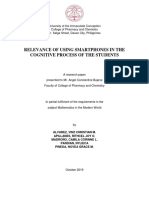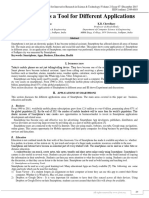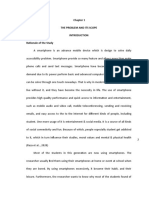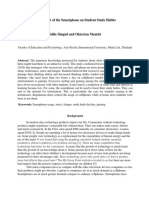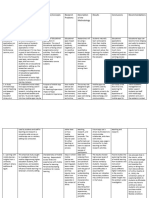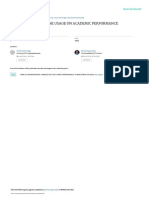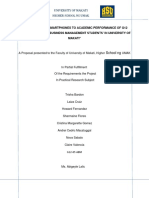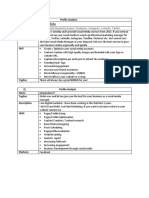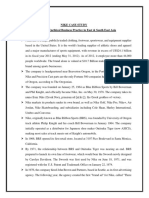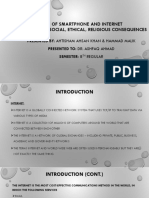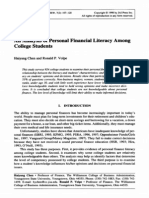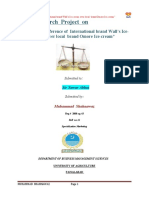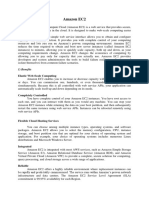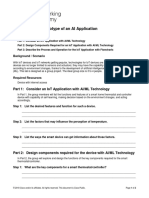0% found this document useful (0 votes)
72 views6 pagesUAE Business Students' Smartphone Use
This document discusses a study on the academic use of smartphones among business school students in the United Arab Emirates. A survey was conducted of 195 students, most of whom were male and between 18-21 years old. The study found that all respondents owned smartphones and had positive perceptions of using smartphones for academic purposes like logging into student portals, accessing Blackboard, and downloading course materials. However, the study did not find statistically significant differences in perceptions based on gender or age. In general, the study concluded that smartphones can have a positive impact when used to support academic activities.
Uploaded by
Ahtisham AhsanCopyright
© © All Rights Reserved
We take content rights seriously. If you suspect this is your content, claim it here.
Available Formats
Download as PDF, TXT or read online on Scribd
0% found this document useful (0 votes)
72 views6 pagesUAE Business Students' Smartphone Use
This document discusses a study on the academic use of smartphones among business school students in the United Arab Emirates. A survey was conducted of 195 students, most of whom were male and between 18-21 years old. The study found that all respondents owned smartphones and had positive perceptions of using smartphones for academic purposes like logging into student portals, accessing Blackboard, and downloading course materials. However, the study did not find statistically significant differences in perceptions based on gender or age. In general, the study concluded that smartphones can have a positive impact when used to support academic activities.
Uploaded by
Ahtisham AhsanCopyright
© © All Rights Reserved
We take content rights seriously. If you suspect this is your content, claim it here.
Available Formats
Download as PDF, TXT or read online on Scribd
/ 6










